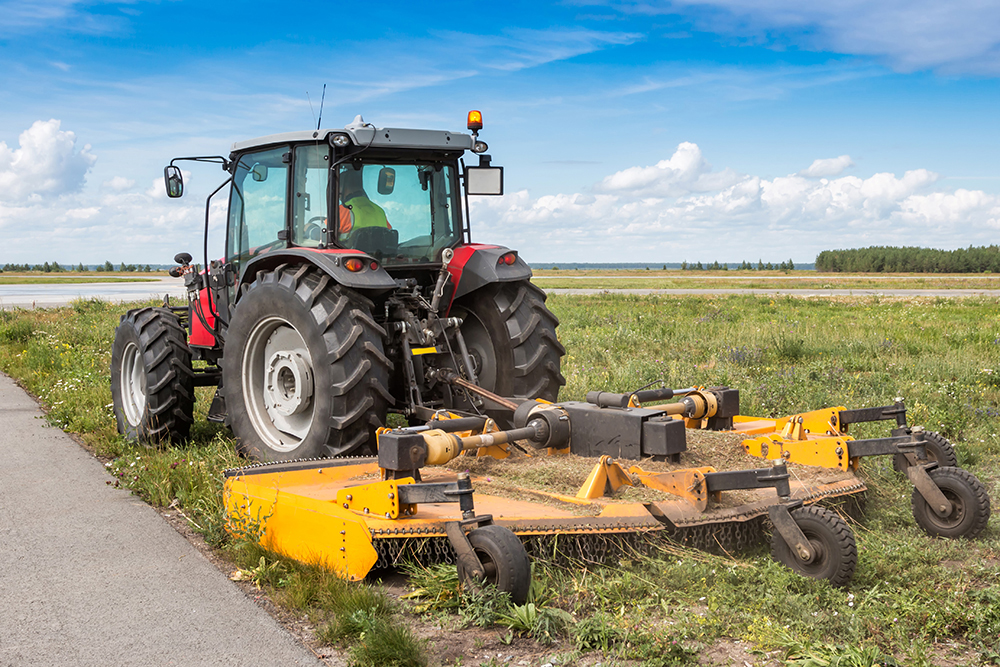Converting Non-Native Roadsides to Native
Table of Contents
Occasionally, landowners will contact the county or city to request a native planting in the roadsides adjacent to their properties. If the site is conducive to a successful native planting, some counties and cities accommodate these requests. Converting roadsides from non-native to native requires eliminating the existing vegetation, usually by application of glyphosate, a herbicide used to kill certain weeds and grasses. Cool-season grasses such as smooth brome, fescue, and Kentucky bluegrass can be persistent and might require more than one application.
Conversion Tips
- Kill existing vegetation with a 2% solution of glyphosate in April or May.
- If thistles and other broadleaves are present, apply a mix of clopyralid (frequently sold as the herbicide “Transline”) and chlorsulfuron (frequently sold as the herbicide “Telar”) in the fall prior to applying glyphosate in the spring.
- Apply the herbicide when existing vegetation is green and growing but no more than 12 inches tall.
- If there is still green grass 10 days after the first application, apply the herbicide again.
- Consider keeping the top 4 feet of the foreslope unsprayed to leave it stabilized with mowable, cool-season grasses.
- A native grass drill is most effective for planting into the dead stubble, disturbing the dead turf as little as possible while getting the seeds in direct contact with the soil.
- In subsequent years, spot-spray weeds as they appear.

Establishment Mowing
During the first growing season, native seedlings are small and can suffer losses due to competition with tall, thick weeds. These tips can help to protect the native seedlings with establishment mowing:
- Mow the planting three or four times during the first growing season.
- Do not wait until the weeds are too tall.
- The ideal mowing height is 8 inches to avoid mowing the vegetation so short that the stems are exposed, but as low as 4 inches would also work.
Evaluating New Plantings
First-year native seedlings are small, making them hard to see and identify. As a result, people often worry that the plantings are a failure. These tips can lead to a more accurate evaluation of the progress of native plantings:
- If the site was drill-seeded, look for anything growing in rows.
- Seedling identification books (see Appendix 5A for books and other additional resources for roadside managers) can be used to spot seedlings.
- If someone challenges the success of a planting, hire a botanist to confirm the presence of seedlings.
- Unless heavy rains wash out a planting, allow two full growing seasons before considering it a failure and starting over.


